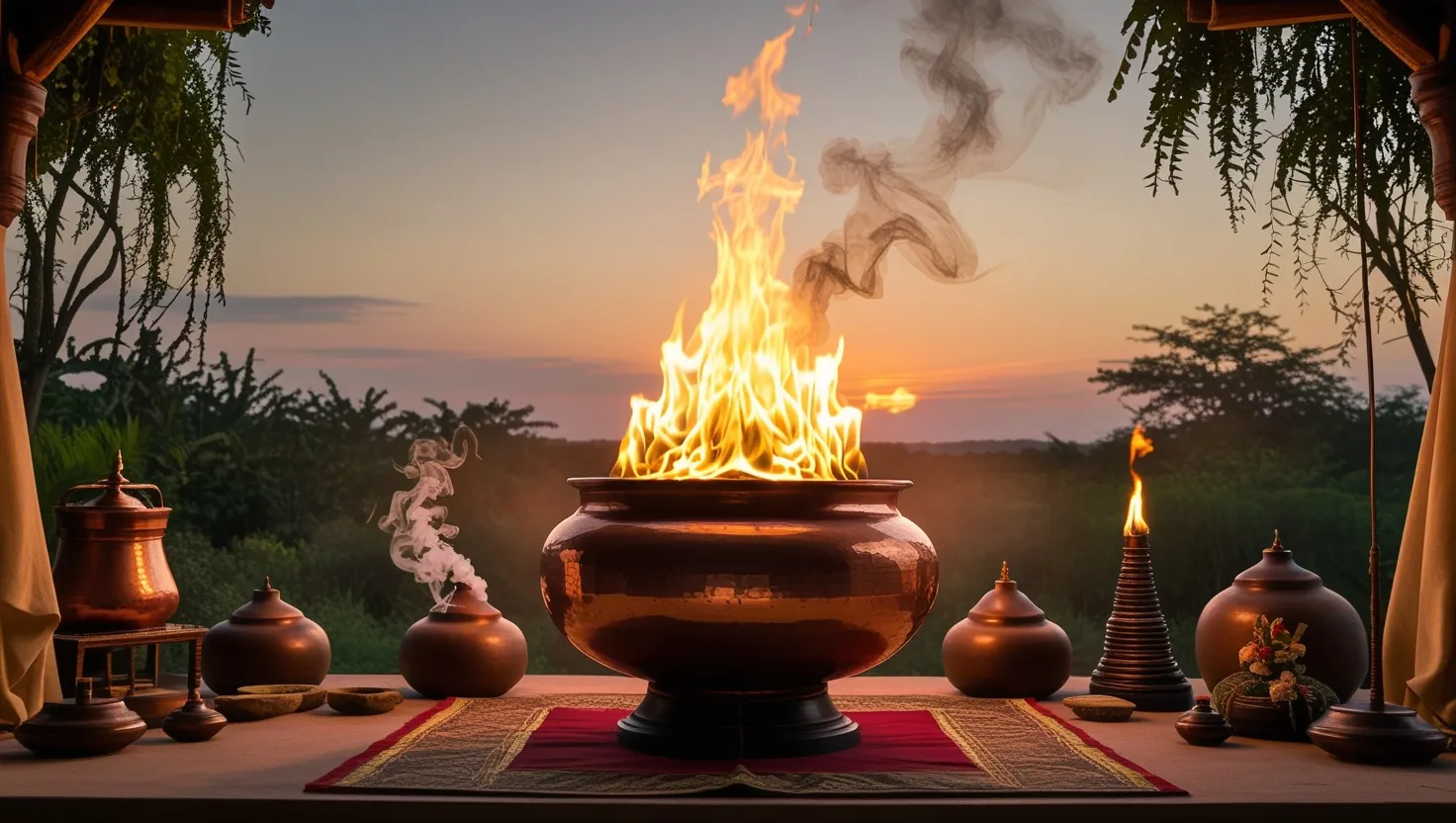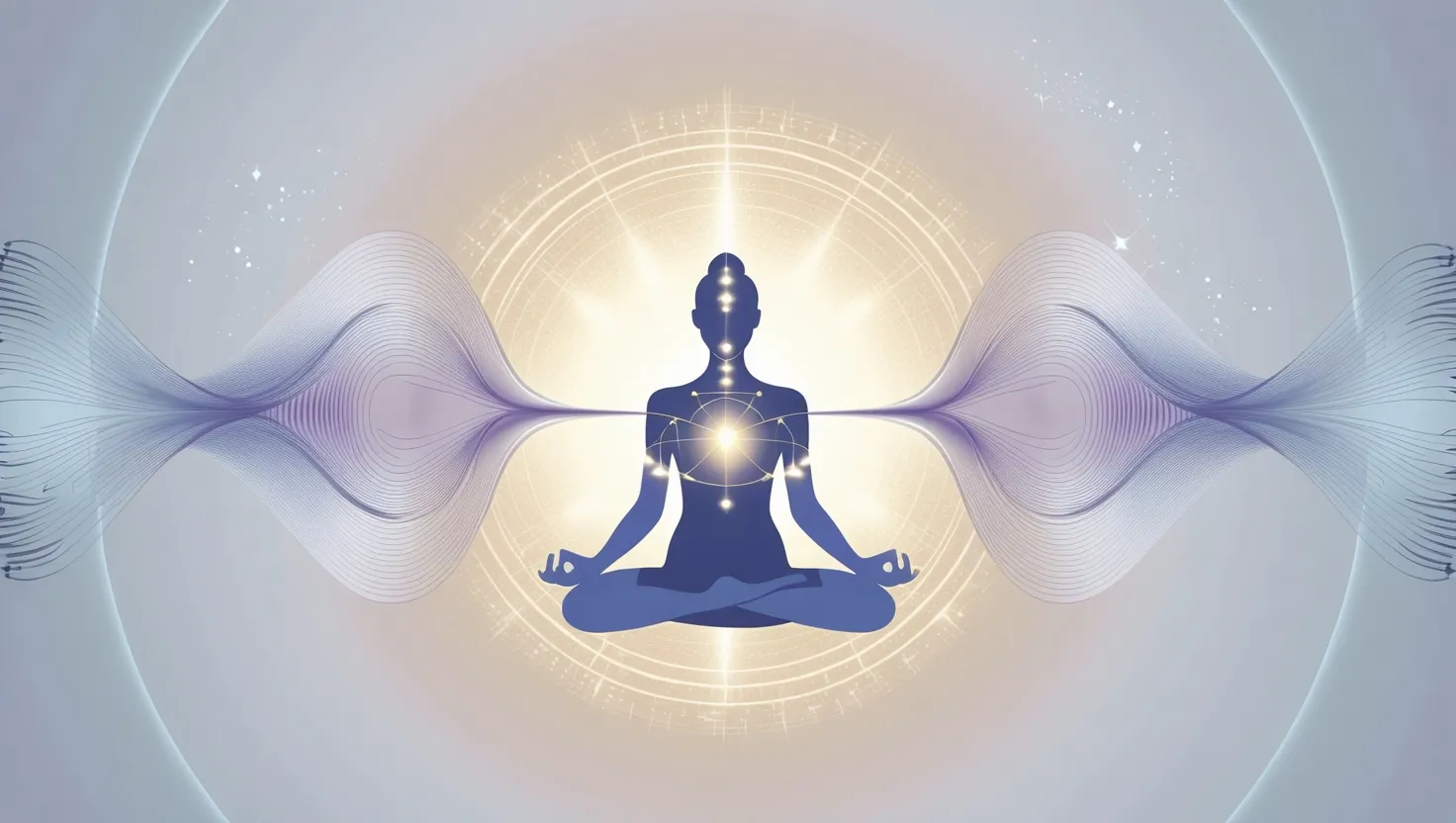Have you ever found yourself wondering if ancient practices have anything meaningful to offer our fast-paced modern world? This question has led me to explore the Agni Hotra ritual, a Vedic fire ceremony that continues to spark curiosity and debate among scientists, spiritual seekers, and environmentalists alike. Agni Hotra is far more than a simple offering of grains and ghee into a copper vessel. It weaves together the tangible and the metaphysical in ways I find both striking and deeply relevant to today’s challenges.
The first time I sat before the Agni Hotra fire, watching the gentle plume of smoke curl toward the sky, I couldn’t help but reflect on the vast stretch of time this ritual has traveled. Rooted in the early Vedas, it’s astonishing how its core instructions—using shaped copper vessels, specific offerings, and precisely-timed mantras at sunrise and sunset—have remained essentially unchanged for thousands of years. But what makes it persist beyond mere tradition? Why do people still gather, day after day, lighting fires and chanting mantras, in a world obsessed with convenience and efficiency?
Perhaps the answer lies in the ritual’s unique blend of science and spirituality. It’s fascinating to consider that even in antiquity, practitioners paid meticulous attention to geometry, materials, and cosmic timing. The copper vessel is more than ceremonial; modern studies hint at chemical interactions between copper and the organic offerings, which may alter the air’s composition during combustion. The impact of this collaboration between elements becomes more interesting when seen through the lens of contemporary research, suggesting that beneficial ions and compounds are produced as ghee, herbs, and grains vaporize.
“Science is the great antidote to the poison of enthusiasm and superstition.” — Adam Smith
Yet, Agni Hotra is not simply about chemical changes in the air. The rhythm and melody of Sanskrit mantras, repeated daily, create waves of sound that have observable effects on both the practitioner’s mind and the surrounding environment. Some scientists propose that this intentional chanting may contribute to stress reduction, synchronize brainwave patterns, and even purify the air through vibrational resonance. Isn’t it remarkable that something as subtle as a vibration could play a role in physical wellness?
Agni Hotra’s contribution to well-being extends beyond the immediate circle of its flames. I’ve spoken with farmers and gardeners who swear by the enhanced vitality of their crops near ritual sites. They attribute lusher growth, richer soil, and increased resistance to pests not to artificial fertilizers, but to the regular performance of this ancient ceremony. This is not mere folklore—soil samples collected near Agni Hotra sites often reveal improved nutrient content and microbial activity. What could we learn from these observations, particularly in an era where agricultural sustainability is more urgent than ever?
What surprises many is the modest, resourceful use of ritual ash. It’s not discarded but saved and employed in multiple ways—sprinkled over plants as a natural soil amendment, dissolved into water for purification, or even dabbed on wounds. Laboratory analysis has found that Agni Hotra ash possesses significant antibacterial properties. Imagine a remedy that’s simultaneously spiritual and practical, created with simplicity yet layered with efficacy.
“Nature does not hurry, yet everything is accomplished.” — Lao Tzu
The timing of Agni Hotra is central to its power. Performing the ritual at sunrise and sunset is more than symbolic; it marks the two most dynamic periods in the solar cycle. Ancient texts recognized these times as portals of atmospheric change, times when the energies of earth and sky interact most profoundly. Scheduling the ceremony at these precise moments invites the practitioner to honor and harmonize with cosmic rhythms. Have you considered how daily rituals might anchor your schedule to something larger, nurturing both discipline and mindfulness?
Participating in Agni Hotra can become a kind of moving meditation. I find that the act of preparing, chanting, and focusing on the fire draws attention away from the scattered noise of daily life. The sensory engagement—the smell of burning ghee, the crackle of flame, the warmth on the skin—centers awareness on the present. Research in psychology points to the benefits of such full engagement for mental health. When ritual becomes a habit, it offers stability in the way a lighthouse guides ships through changing tides.
The social aspect is not to be overlooked either. In villages throughout India and in growing global communities, Agni Hotra brings people together. Shared fires connect generations and foster a sense of mutual purpose, especially in environmentally focused projects. Entire neighborhoods have organized collective rituals to restore polluted lands, improve air quality, and offer collective prayers for rain or healing during times of crisis. Isn’t it curious how unity forms around flames, dissolving barriers of age, class, or even belief?
“It is not the strength of the body that counts, but the strength of the spirit.” — J.R.R. Tolkien
Could Agni Hotra answer some of our most pressing ecological concerns? Communities experimenting with fire ceremonies for environmental remediation have observed that areas with regular rituals recover faster from damage—soils regain fertility, bodies of water become cleaner, and animal populations rebound. Hydroponic farmers in urban settings have experimented with Agni Hotra ash in nutrient solutions, sometimes with impressive boosts in plant growth. While modern science is still unraveling the precise mechanisms, the body of anecdotal evidence continues to grow.
Another aspect often overlooked is the ritual’s support for personal transformation. Many people who struggle with anxiety, addiction, or depression have found solace in the routine and purpose Agni Hotra provides. Could it be that the structure of ritual, coupled with the physiological changes induced by fire and mantra, offers a multifaceted approach to healing—one that bridges the somatic, emotional, and spiritual?
“Ritual is the passageway of the soul into the Infinite.” — Algernon Blackwood
At the heart of Agni Hotra is a dialogue between the individual and the universe. I see it as a daily act of gratitude and humility, a small gesture acknowledging our place in a web of life that stretches far beyond our personal routines. The practice gently encourages us to reflect on how our choices—what we burn, what we chant, the air we breathe—can shape both our own bodies and the environment we inhabit.
Why do some rituals fade while others endure? The persistence of Agni Hotra may rest in its adaptability. Today, you’ll find it performed on city balconies as well as in rural temples, by people of varied backgrounds and motivations. Some are drawn by the promise of health benefits, others by environmental concerns, and still others by the desire for peace and stability. The common thread is a search for connection: to the past, to the earth, to the sacred.
There’s a quiet wisdom in the hands-on simplicity of Agni Hotra. It doesn’t rely on expensive equipment or complex philosophies—just a copper pot, pure offerings, the rising or setting sun, and the willingness to participate. In an age of smart devices and digital distractions, this tangible ritual offers an antidote, a way to slow down and tune in to essential rhythms that have guided humanity for millennia.
“Wherever you are, be all there.” — Jim Elliot
When I reflect on the steady endurance of Agni Hotra, I’m reminded that sometimes the most profound technologies are not those that conquer nature, but those that teach us to collaborate with its cycles. From my own observations and from those who hold this tradition close, it becomes clear that its power lies not only in the flames but in the intention and mindfulness brought to the practice.
Have you ever considered what a daily ritual—rooted in gratitude and respect for natural cycles—might contribute to your own life? The lessons of Agni Hotra invite us to ask questions, adapt with purpose, and nourish our environments with the same care that ancient saints showed for their sacred fires.
Perhaps, in witnessing the dance of flame and mantra each morning and evening, we find both a thread to ancient wisdom and a spark of inspiration for the challenges ahead.






